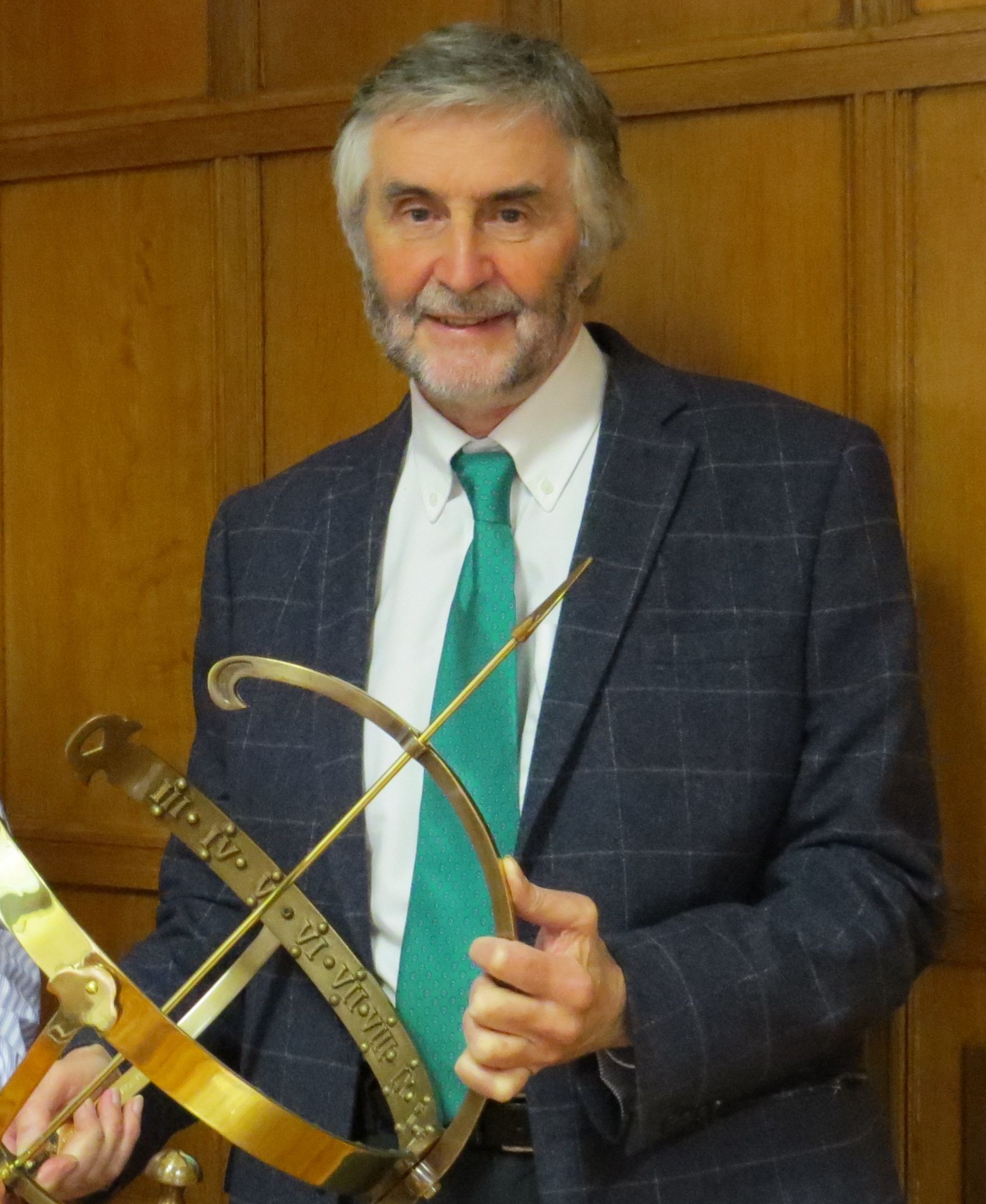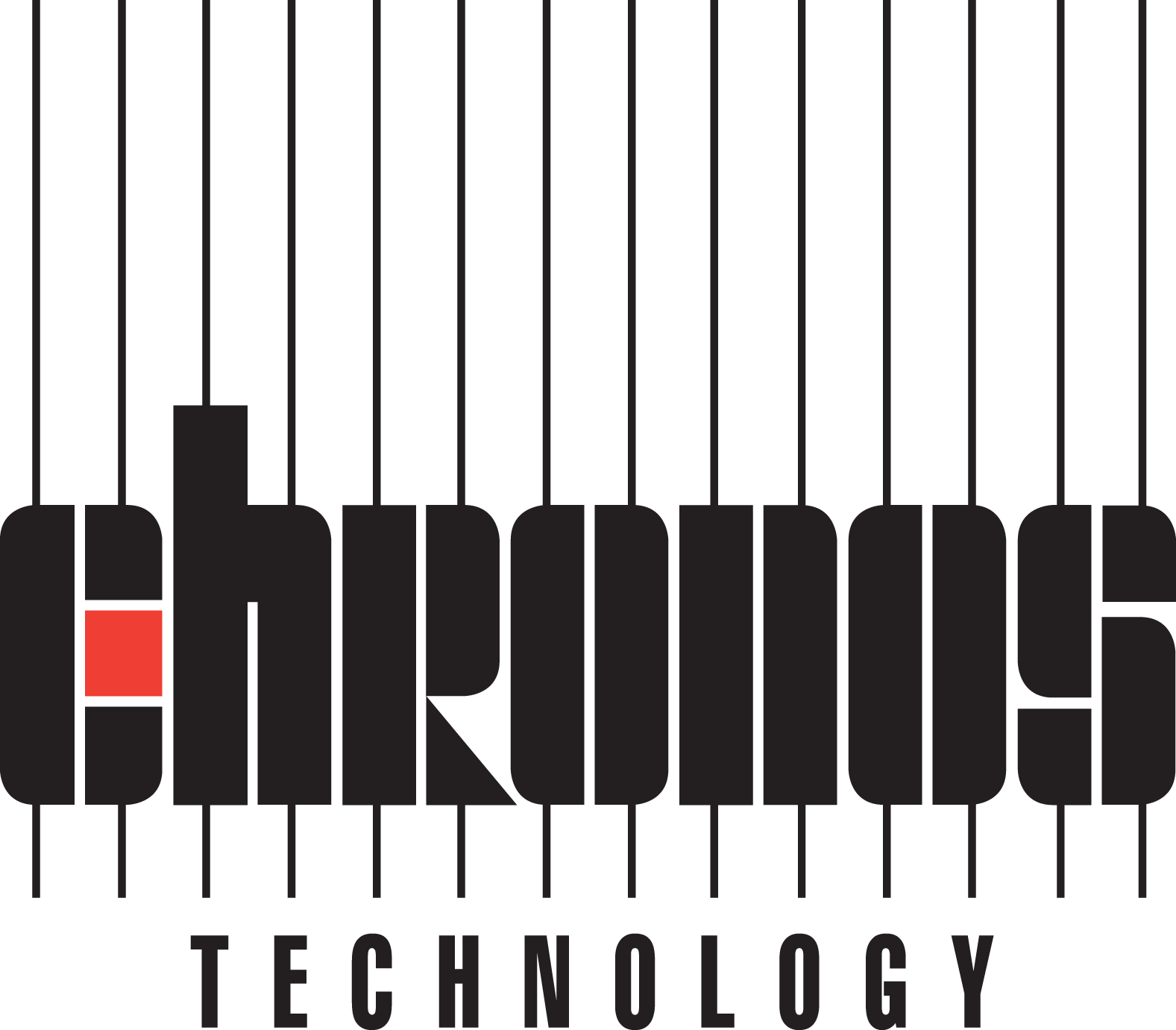Patrick Gill received a BSc (Hons) in Physics from the University of Sussex in 1971, followed by a DPhil in experimental physics from the University of Oxford in 1975. He started his career at the UK  National Physical Laboratory in Teddington in 1975, firstly working on iodine-stabilised lasers and other optical frequency standards, then research on laser-cooled trapped ion optical frequency standards and optical clocks during the mid 1980s. He is a Senior NPL Fellow leading the NPL Time & Frequency group, and co-Director of the NPL Quantum Metrology Institute. He holds visiting professor positions at the University of Oxford and Imperial College London.
National Physical Laboratory in Teddington in 1975, firstly working on iodine-stabilised lasers and other optical frequency standards, then research on laser-cooled trapped ion optical frequency standards and optical clocks during the mid 1980s. He is a Senior NPL Fellow leading the NPL Time & Frequency group, and co-Director of the NPL Quantum Metrology Institute. He holds visiting professor positions at the University of Oxford and Imperial College London.
Notable research: In 1997 Patrick located and observed, for the first time, the ultra-weak 467 nm octupole optical clock transition in a single cold ytterbium ion, which has a theoretical spectral width in the nanohertz region (Q ~ 1023) and now one of the leading possibilities for an optical redefinition of the SI second. In 2004, he reported the first Hz-level measurement of the single strontium ion clock frequency, which resulted with it being the first optical clock frequency to be accepted as a secondary representation of the second in 2006 by the CIPM Consultative Committee on Time & Frequency. Both these cold ion optical clock systems, together with the NPL recently-demonstrated strontium neutral optical lattice clock, now outperform the current caesium fountain microwave primary standard.
Over the last two decades, he has developed highly stable lasers stabilised to ultra-low expansion optical reference cavities, in particular for space-based applications using vibration-insensitive cavity designs. These activities are feeding into future mission scenarios for an optical clock on the ISS, next generation gravity mapping involving long-range laser interferometry between two spacecraft traversing different gravity fields with application to climate change studies, and future generation replenishment of GNSS on-board clocks. He is also involved in the development of a range of miniature microwave clocks and portable cold atom microwave and optical clocks for positioning, navigation and timing applications.
1999: The Tompion Medal awarded by the Worshipful Company of Clockmakers
2007: The I I Rabi Award from the IEEE International Frequency Control Symposium
2008: The Thomas Young medal awarded by the UK Institute of Physics
2014: Royal Institute of Navigation Duke of Edinburgh award to NPL Time & Frequency group
2015: Member of the Order of the British Empire (MBE)
2016: Elected as a Fellow of the Royal Society
2016: The Callendar Medal, awarded by the UK Institute of Measurement and Control
